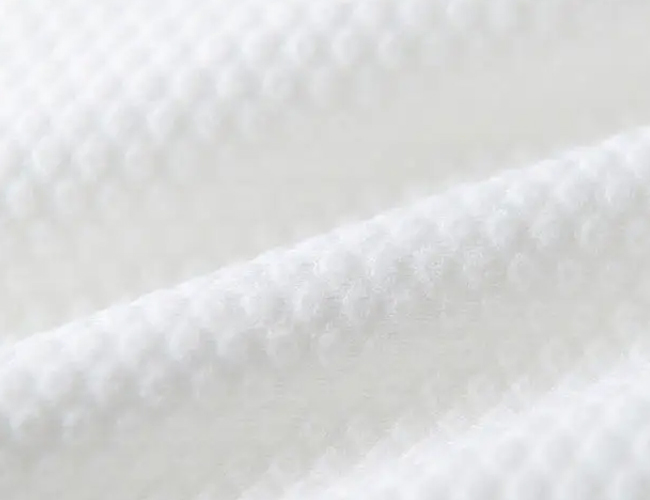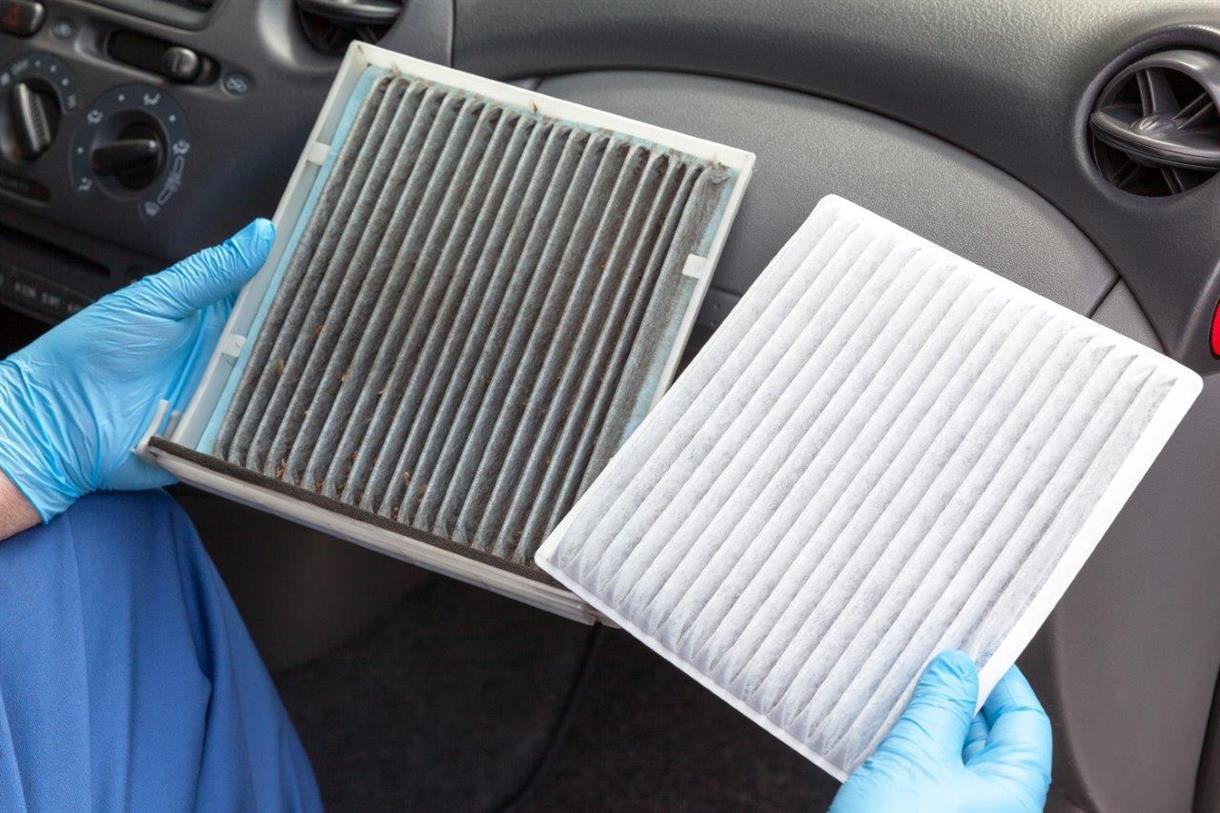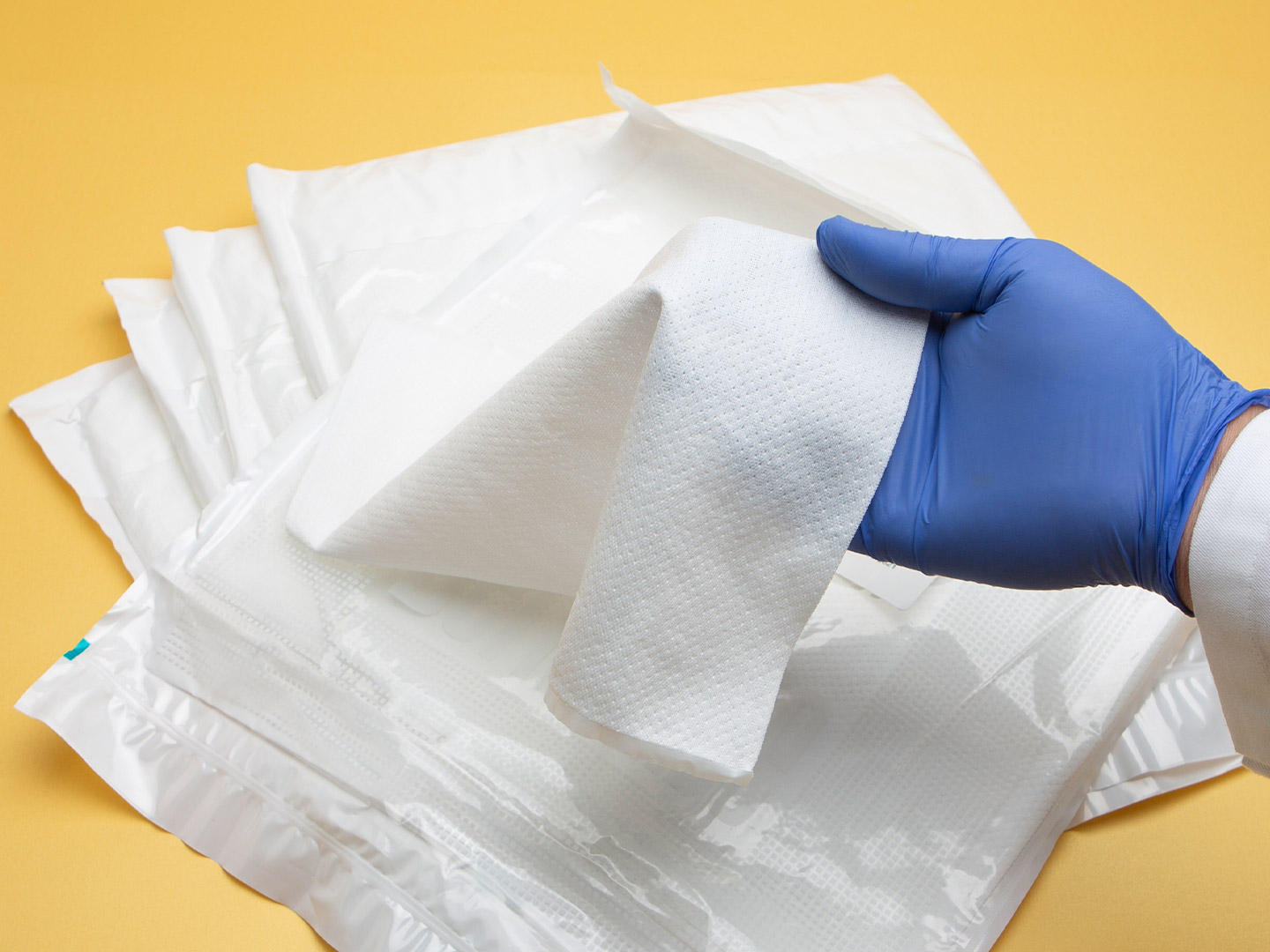
A spunlace nonwoven is a fabric made from fibers processed by the spunlace method. The fiber can be natural fiber, such as cap, silk, hemp, cotton, etc.; or conventional fiber, polypropylene fiber, acetate fiber, polyamide fiber, etc.; differentiated fiber, shaped fiber, ultra-fine fiber, high curl fiber, low melting point fiber, etc.; and high functional fiber carbon fiber, metal fiber, etc.
The hydroentanglement method uses a high-pressure micro-fine water jet onto the fiber web. Under the force of the interpenetrating water flow, these fibers will be displaced and begin to entangle and hold together, which means that the fibers will be twisted into one, allowing the fiber web to be reinforced. So the spunlace nonwoven is stronger than ordinary nonwoven, and it will not destroy the flexibility of the fibers, and the air permeability is also very good.
(1) Natural fiber: cotton, wool, hemp, silk;
(2) Conventional fiber: viscose fiber, polyester fiber, acetate fiber, polypropylene fiber, polyamide fiber;
(3) Differentiated fibers: microfiber, shaped fiber, low melting point fiber, high curl fiber, anti-static fiber;
(4) High functional fibers: aromatic polyamide fibers, carbon fibers, metal fibers.
(1) Medical and sanitary nonwoven fabrics: surgical gowns, protective clothing, disinfection wraps, masks, diapers, civil wipes, wiping cloths, wet face towels, magic towels, soft towel rolls, beauty products, sanitary napkins, sanitary pads and disposable sanitary cloths, etc;
(2) Non-woven fabrics for home decoration: wall coverings, tablecloths, bed sheets, bedspreads, etc;
(3) Nonwoven fabric for garment: lining, bonding lining, wadding, shaping cotton, various synthetic leather backing, etc;
(4) Nonwoven fabrics for industrial use; filter materials, insulation materials, cement packaging bags, geotextiles, coverings, etc;
(5) Agricultural nonwoven fabrics: crop protection cloth, rice planting cloth, irrigation cloth, heat preservation curtain, etc;
(6) Other nonwoven fabrics: space cotton, thermal insulation materials, oil-absorbing felt, cigarette filters, bagged tea bags, etc.
Normal gram weight: 30gsm to 80gms
1. The spunlace nonwoven fabric is made by the method of puncturing with water to make the fiber flexible and entangled together, so that it will not cause damage to the fiber and does not affect the softness of the fiber specific. So it is strong and soft at the same time.
2. The appearance of spunlace nonwoven looks very close to traditional textiles. Unlike other fabrics made of non-woven materials, it looks more natural and soft.
3. Because the strength of spunlace nonwoven is very high, it is wear-resistant and tensile in use, and it does not pile up easily. It does not add any adhesive when making, and its strength is all based on the fibers, so it does not get weaker with each wash.
4. This fabric has a strong moisture absorption ability, and can quickly absorb moisture into the fiber network. The breathability of spunlace nonwoven is also very good, and it can make clothes without bringing stuffy feeling.
5. The appearance of spunlace nonwoven fabric is very rich in design, and can change many patterns to meet various aesthetic needs.
The research and development of spunlace composite technology has not only overcome the limitations of some nonwoven products, increased the variety of colors, greatly broadened the application of spunlace nonwovens, but also promoted the development and improvement of spunlace technology and even the entire nonwoven process.
Spunlace and wood pulp air flow into the network composite technology. Because the price of wood pulp is much cheaper than the short fiber commonly used in the spunlace method, and the fluffy pulp is very good in moisture absorption and feel, so the products made are cheaper than those made with all fibers, and are very competitive in price, but the process requires a very high filtration system. The product can be used as wiping cloth (70%g/m2), diaper and sanitary napkin core material.
All Rights Reserved: https://www.groupgf.com/info-detail/what-is-needle-punched-nonwoven-fabric
Copyright Notice: This is an original (translated) article from G&F Group Inc., please indicate the source from G&F Group Inc.. If there is any infringement, please contact us first.
 Nonwovens in daily life ----- filtration
Nonwovens in daily life ----- filtration
 Nonwovens in daily life ----- automotive
Nonwovens in daily life ----- automotive
 What is SAP – superabsorbent polymers
What is SAP – superabsorbent polymers
 The Future of Global Nonwoven Wipes to 2029
The Future of Global Nonwoven Wipes to 2029